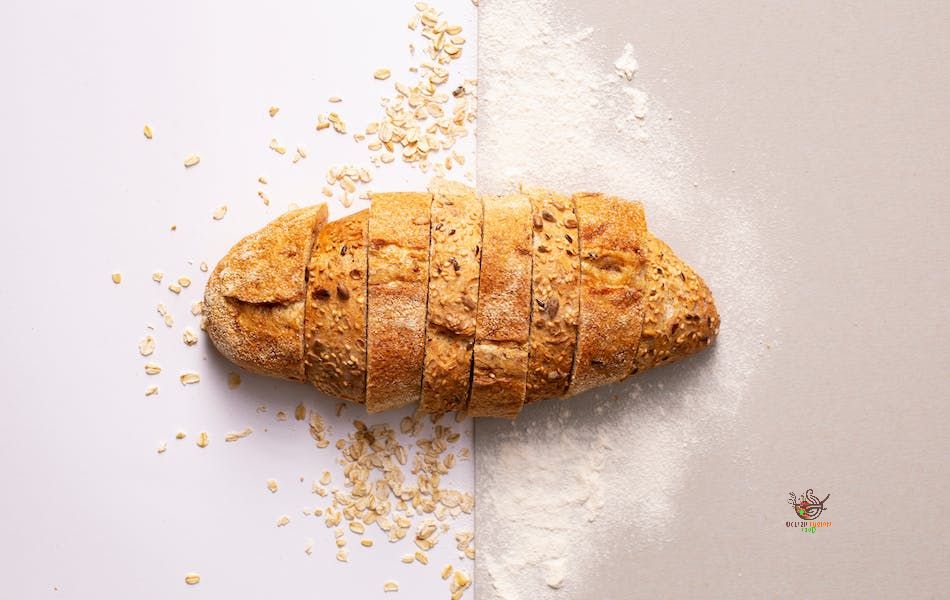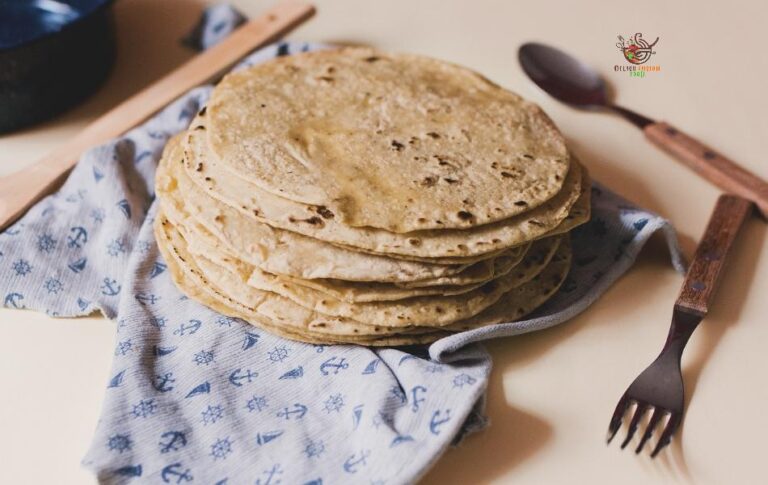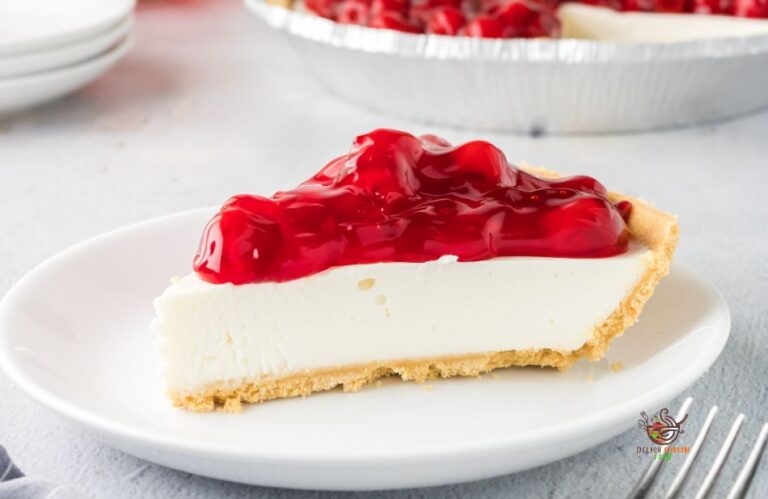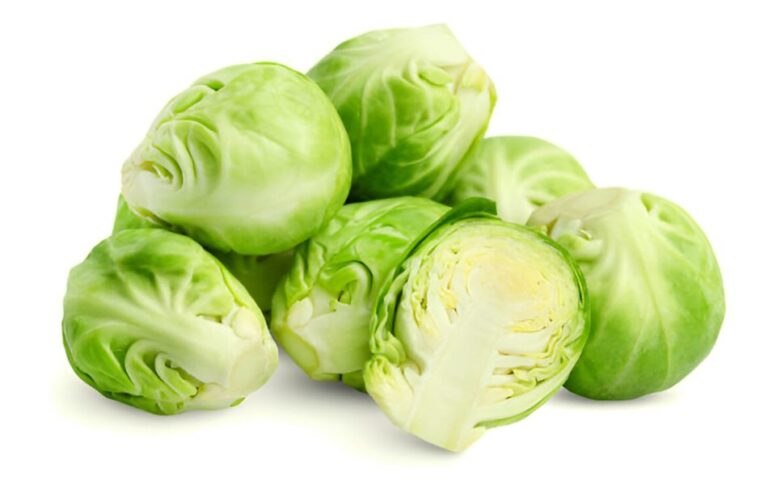Why Does Bread Get Hard and How to Keep It Soft?
Bread doesn’t stay fresh for very long. It starts to get less fresh right after it comes out of the oven or heat source. Traditional French baguettes can get stale within a few hours, while sourdough bread takes a few days. Stale bread is hard and dry, lacking its initial crispiness and moistness. You can still eat it if it’s not moldy, but you’ll need to chew it a lot and tear it apart.
Many people want to figure out how to prevent, delay, or reverse this process. Fortunately, there are ways to slow it down. Understanding why bread becomes stale can help you keep it fresh for a bit longer.
The Magic of Fresh Bread: Why It’s So Delicious
Fresh bread is fantastic, and here’s why:
A basic loaf of bread is made from wheat flour, water, yeast, and some salt. The dough is soft and easy to shape into the desired bread. When it’s in the oven, it turns into a light and airy ‘sponge’ that holds its shape. The heat in the oven changes the proteins and starches, making the bread brown and creating great smells and flavors.
Additionally, during baking, water moves around in the bread. The crust ends up with less water than the center, giving it a crunchy texture. Right after taking the bread out of the oven, the difference in moisture between the crust and center is at its highest. Over time, moisture moves back into the crust, making it delicious and delightful.
Why Does Bread Get Hard?
Bread doesn’t last long compared to other grains. Store-bought bread lasts about a week before going stale, while homemade bread lasts only around four days. Staling isn’t just about losing moisture. Inside the bread, there’s a complex process happening.
The flour used in bread has lots of starch molecules. These starch molecules are organized like crystals. When you add water to flour, it breaks this structure and makes the starch more like a soft, fluffy gel. This is what gives fresh bread its lovely texture.
But as bread cools, water leaves the starch and moves around, letting the starch molecules return to their crystallized form. It’s this change, not just drying, that makes bread hard. And it can happen even when it’s humid.
Slowing the Staling of Bread: Prevention Methods and Tips
Bread will become stale over time if it’s left long enough. However, there are various ways to slow down this process.

Fridge vs. Freezer: Storing Fresh Bread
Avoid refrigerating freshly baked bread. Even though the fridge slows microorganism growth, it accelerates the starch retrogradation process and causes bread to go stale faster. To prevent staling and spoilage, store fresh bread in the freezer. It will maintain its quality for months and come out almost the same as when frozen.
Using Enzymes
To stop bread from getting dry and hard, people often use special enzymes like amylases. These enzymes break down complex starch molecules in the dough. By doing this, they prevent the formation of structures that make the bread turn dry. The heat in the oven helps these enzymes work inside the dough, cutting the starch molecules just enough to prevent the bread from going stale later on.
Using Sourdough
Sourdough bread can stay fresh longer without turning stale. This is because the bacteria in sourdough work in a way similar to the enzymes we talked about earlier. They break down some of the starch and protein molecules, which reduces staling. Different types of sourdough have varying effects because the bacteria are slightly different. It’s a bit complicated!
Using Fat
Adding more fat to bread makes it take longer to go stale. Fat sits among the starch molecules, stopping them from forming a more crystalline structure and slowing down the staling process.
Using Airtight Container
To keep bread fresh longer, using an airtight container is best. These containers block oxygen, giving the bread an extra shield against staleness. Keeping the bread inside dry and storing it in one of these containers significantly extends its shelf life. If you don’t want to buy a container, make sure to seal your bread tightly each time you put it away. This reduces air exposure and keeps the bread from going stale too soon.
Other
Some DIY methods, like using plastic wrap or foil, might affect the crust texture as they trap moisture. However, if you toast the bread, the crust texture may return.
Revive Hard Bread: Easy Softening Methods
You can soften hard bread by gently warming it up. This helps the starches in the bread soak up water again. The best way to do this is by using a low temperature, around 131 to 185 degrees Fahrenheit. Heating the bread gently helps it absorb moisture and become softer.
Simple Steps to Soften Bread in the Oven
- Check the bread: Look for any signs of spoilage like mold, odd smells, or discoloration. If you see any, throw it away.
- Moisturize the bread: Use a little water by brushing it on, running the bread under the tap for a few seconds (great for hard crust), or spraying it with a clean water-filled spray bottle.
- Wrap: Wrap the bread tightly in aluminum foil. Make sure there are no gaps.
- Warm it: Put the bread in the oven and set it to 300 degrees Fahrenheit. You don’t need to heat the oven beforehand. Let the bread warm for about 5 to 10 minutes. The foil traps moisture, making the bread soft.
- Crisp the crust: Once the bread is soft enough, remove the foil. Put the bread back in the oven for 5 minutes to make the crust crispy.
Quick Softening of Bread in the Microwave
- Check the bread: Look for spoilage signs like molds or unusual smells. If you notice any, don’t use the bread.
- Wrap with a moist paper towel: Dampen a paper towel with cold water. Wrap the bread with it. Make sure it’s damp but not dripping.
- Microwave: Put the wrapped bread in the microwave and set it for 5 seconds.
- Check softness: After 5-10 seconds, remove the hot bread and see if it’s soft enough.
- Repeat if needed: If it’s not soft yet, repeat the process with 5-second intervals to avoid overheating.
Using Celery Method
Try this unique bread-softening method, perfect for bagged bread. However, it does take some time, so it’s not the quickest solution. Here’s how it works:
- Place Celery in the Bag: Put 1 to 3 celery stalks in the bread bag.
- Seal the Bag: Close the bag tightly with no air inside.
- Refrigerate: Keep the bag in the fridge for a few hours or overnight.
- Take out the Celery: When ready to eat, open the bag and remove the dried celery. The bread should be softer.
Tips to Revive Hard Bread
- Use a Paper Bag: If you don’t have aluminum foil, you can warm up a baguette using its brown paper bag.
- Watch while Heating: Keep an eye on the bread in the microwave or oven to prevent burning.
- Eat Quickly: Bread goes stale again when it cools down, so eat it immediately after reheating.
- Avoid Reheating Often: Try not to reheat bread more than once because repeated heating can make the bread less tasty.
- Prefer the Oven: If you can, use the oven to soften bread for the best texture.
Using Stale Bread Creatively
If your bread is stale, don’t worry! You can still use it in these ways:
- Crunchy Croutons: Cut stale bread into cubes, coat them with olive oil, and bake for 4-5 minutes until toasted.
- Breadcrumbs: Grate stale bread or use a food processor. Breadcrumbs can coat meat, thicken soup, or top casseroles.
- Bread Pudding: Chop the bread, and add butter and raisins. Mix eggs, milk, and vanilla separately. Soak the bread and bake at 350°F for 45 minutes.
- Tasty French Toast: Stale bread absorbs the egg and milk mix well. Dip the bread in beaten eggs, milk, sugar, and cinnamon. Fry until golden on each side.
See Also – Freezing and Using Leftover Coconut Milk: Tips and Tricks
Discover ways to creatively repurpose stale bread. With a touch of innovation, breathe new life into hardened loaves, exploring a range of uses beyond its original form.







